We love unusual badge-ups, and this one brings together a very odd trio. It looks like an Opel Kadett C, but it’s actually called the “Buick Opel Isuzu.” Confused? Well, all three brands were part of GM’s universe in 1976 but are quite disparate entities now. In 2020 Isuzu is a stand-alone Japanese truck maker; Opel is a part of PSA Group Stellantis, and Buick is one of China’s most popular brands.
Straight out of the era (and concept) of Marvel Team-up, Opel’s name was put on a car built by Isuzu (but designed by Opel) and sold in the USA by Buick.
The car was born of necessity. Buick dealers had sold Opels since 1957, and the little German cars proved quite a good sideline. Buick had a good thing going on until exchange rates pushed the price of the Opels way up right around the time they needed small cars most – 1974.
The rising Deutsche Mark, boosted by Germany’s anti-inflation policies and high domestic interest rates, eventually made the Opel 1900 (aka Ascona) and Manta more expensive than Buick’s domestically-built Apollo.
In hindsight, the Opels weren’t too much more expensive than Toyota Celicas or Datsun 710s, but GM was subsidizing them to keep them competitive. According to contemporary reports, GM was losing several hundred dollars on each car in 1974.
Buick dealers were also more interested, in 1974, in a car that could take aim at the Datsun 210 or Toyota Corolla than the sporty Manta. The solution lay in GM’s vast portfolio of cars and factories. Opel made a smaller car than the Manta and Ascona/1900, and a version of it was being built in Japan by Isuzu. Conveniently, GM had bought 34% of Isuzu in 1971.
Isuzu’s Gemini rode the brand-new T-car platform, which GM’s corporate bosses approved, unexpectedly, for North America as the Chevrolet Chevette at the end of 1973 (for a 1975 intro). The Chevette had not yet arrived when the Buick Opel Isuzu idea was conceived, but one of Isuzu’s products – the Faster pickup, was already on sale as the Chevrolet LUV.
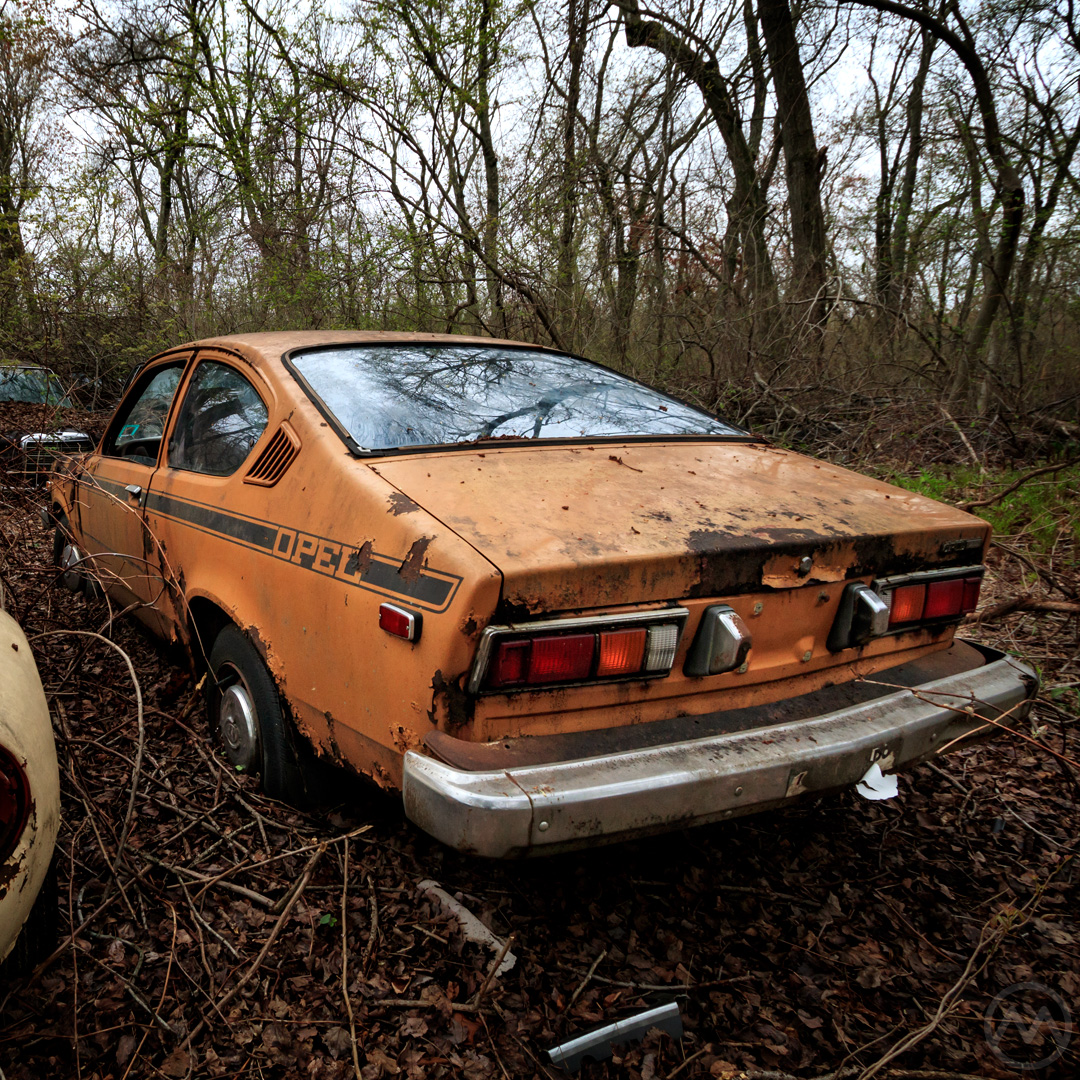
Why not take the Japanese Gemini and use the familiar “Buick Opel” connection to market it? It was a good plan in theory, although once it arrived it seemed to please almost nobody. Buick’s marketing team seemed incapable of selling it, and in the years afterward, virtually everybody disavowed all knowledge of its existence.
The T-Connection
GM’s vast overseas divisions had largely done things independently until the mid-1960s. South America’s Chevrolet do Brasil and General Motors de Argentina often made do with cast-offs of European or American platforms which they then made their own. Opel, Vauxhall, and Holden often sold completely different vehicles until the late sixties, when rationalization of these practices began.
Up until around 1969-70, the General had not attempted to design a single platform that would be built and sold in all of its many different markets – what became called a “world car.” The design process of the T-car was a long international collaboration between Opel in Germany, Chevrolet do Brasil (who were making many Opel-based cars), Isuzu in Japan, and Vauxhall in the U.K.
A small car meant to compete in the 1- to 2-liter range, it was an utterly conventional platform that didn’t rock the boat. Four cylinders, rear wheel drive, meant to be cheap to build and buy and durable no matter where it was sold. The design process was mostly handled at Opel under Erhard Schnell, but there were so many different T-cars, it’s hard to credit any one studio with the look.
The Opel Kadett C fastback coupe, however, seems to have come from Japanese-born Opel designer Tsutomo Aoto, from sketches done in 1971-72. The Kadett C City, the hatchback version that was similar to the stateside Chevette, originated at Vauxhall. The sedan bodies and the vans and wagons were a collab between Opel and Brasil. There were eventually pickup bodies as well for South America.
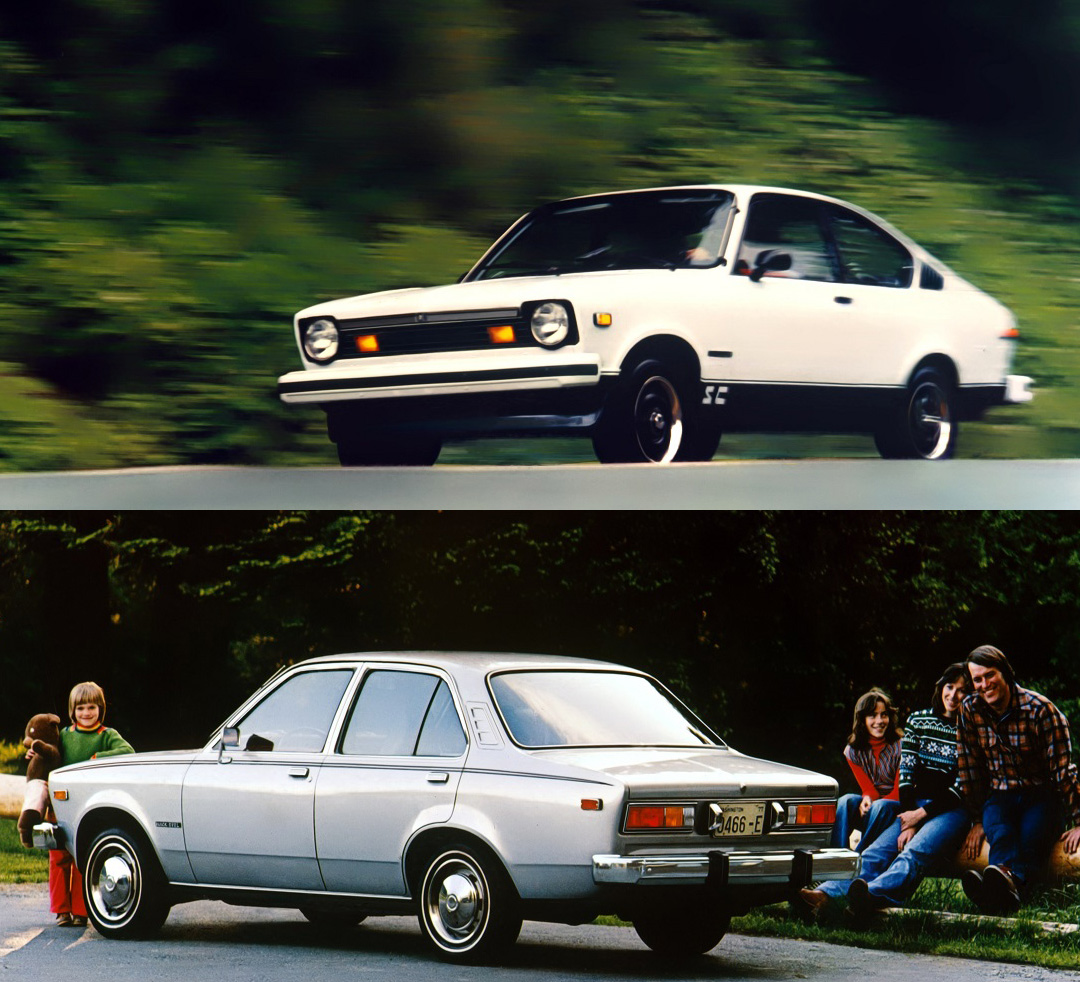
The Ts were first introduced in Brazil in the late spring of 1973 as the Chevrolet Chevette – though Brazil’s version was a 2-door sedan at first, unlike the later U.S. Chevette. Germany’s Kadett C followed in August. Initially, the Kadett came only with a rather wheezy 1.2L OHV four. In the late 1970s, more exciting versions proliferated, especially the 2-liter “Kadett Rallye,” with 108hp.
Meanwhile, the T-was adapted for Pacific markets – Japan, Australia, and New Zealand, by Isuzu. The Japanese one, built by Isuzu, was called the Gemini and swapped out the Opel drivetrains for pieces adapted from Isuzu’s older rear-drive cars. Engines, 1.6 or 1.8 liters, came from the Florian and the Bellett (which the Gemini would replace).
The Isuzu came only as the fastback coupe or the four-door sedan, with styling very similar to the Kadett.
The Isuzu was then used as the basis for the Australian version – the Holden Gemini, which used the same base 1.6L Isuzu G-series four. It was built in Australia and local buyers loved it – though it was largely identical to the Isuzu. It came as the fastback and the sedan, with the addition of 2-door wagon and van bodies.
The T-car was not supposed to come stateside, until OPEC made it vital that GM have a competitor to the VW Rabbit/Golf. In December of 1973, GM’s CEO Richard Gerstenberg approved the Chevette for U.S. manufacturer and sale. Some at GM were reluctant to build such a small car domestically, but gas lines and widespread defection to cars like the Datsun 210 and the Fiat 128 (surprisingly) demanded it.
There was no plan at the time for a Buick version – the Chevette was to be a Chevy, and maybe a Pontiac in Canada, but that was it.
Opels by Buick
Buick began importing Opels in 1957, when the growing tide of Imports finally got the attention of GM insiders, who had imports of their own. Buick and Opel were very well matched at the time. It’s main import in 1958 was the Rekord P1, a car that looked so much like a scaled-down Buick that it was sometimes referred to as the “Bauern-Buick” in Germany.
The arrival of Detroit’s compacts in 1960, and Buick’s own special late that year, effectively killed Rekord sales, but in the mid-1960s Buick tried again with the Kadett and the GT, eventually finding quite an audience for the German Imports. They were high quality cars and the GT attracted plenty of attention. Many years later, many Amerians still thought of Opel as a model of Buick.
In 1970 and 1971, Buick was selling more than 80,000 Opels a year, but the revaluation of the D-Mark quickly saw the prices of the Manta, 1900, and GT rise, and sales fell off a cliff – down by more than 70% by 1974 and even more in 1975.
There was, at the time, a plan to federalize the replacements for Opel’s then-current models, the Ascona B and Manta B. It wasn’t clear, however, if Opel’s cam-in-head engine family could be made emissions compliant in the future and the cost of building the cars was simply too high. Supposedly 1975’s losses were $1,000 per unit.
Not every Buick dealer was interested in Opels, but for those who were, they wanted the volume back. Furthermore, after the disastrous fall of 1973-74, the division was ready to try just about any “economy” solution.
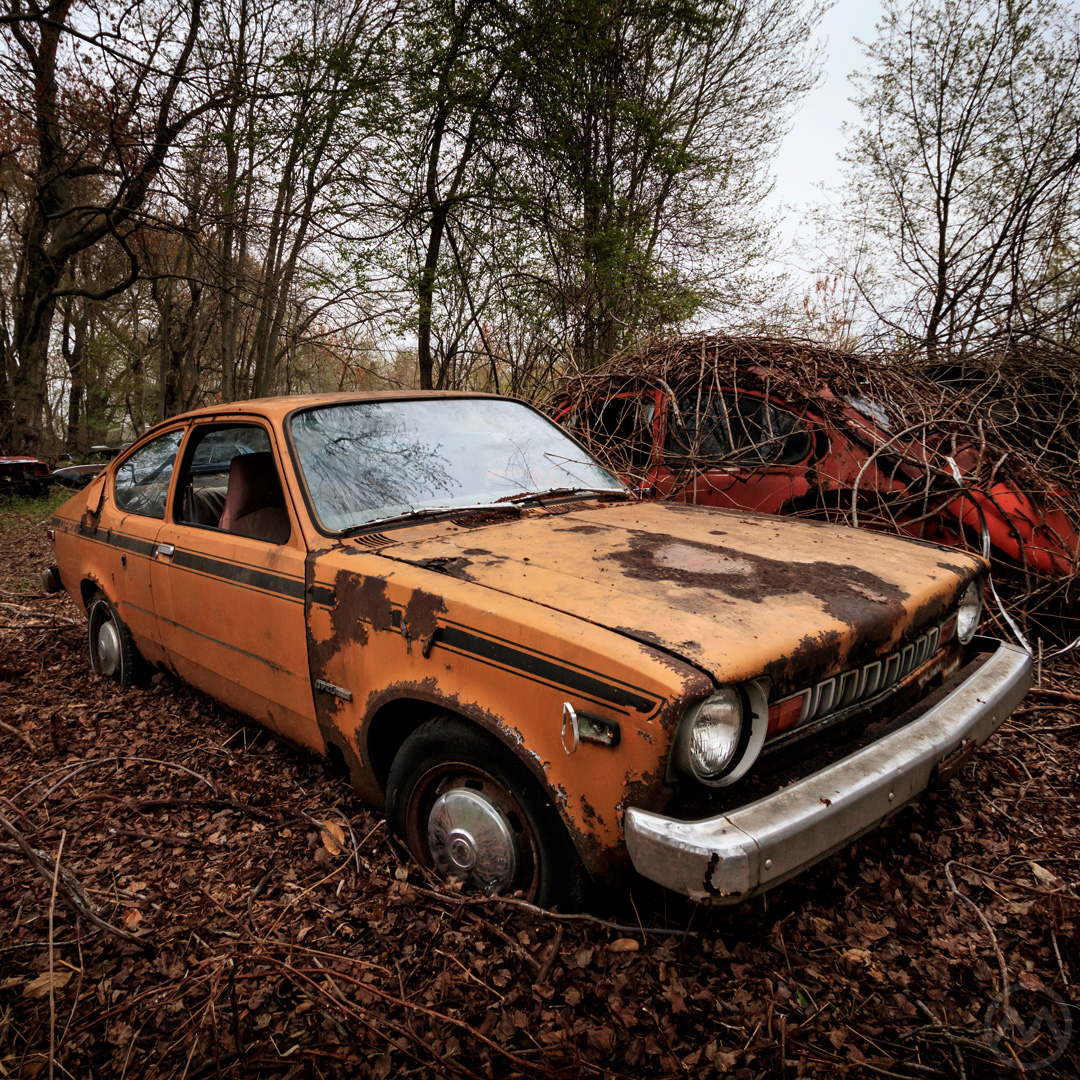
On the same day the U.S. Chevrolet Chevette was approved for production, Buick got a quickie remedy – the H-body Skyhawk. In this period Elges also bought back the old Buick V6 from the early sixties, which had been sold to Kaiser-Jeep and, in 1973, was in the hands of AMC.
In this environment, Elges and his managers petitioned to replace the Opels with something cheaper. In mid-1975, GM allowed Buick to work with Isuzu on a quickie replacement for the German cars. When Buick went to Isuzu, they found that Isuzu were already far along in contemplating a federalized version that they, themselves, might want to sell.
GM would never have allowed that to happen at the time, but the General did not control a majority of Isuzu, so there was some autonomy.
The proposed federalized car was a little different from the Japanese Gemini. It used the larger G180Z 1.8 liter four already federalized for the Chevy LUV mated to Isuzu’s own 4-speeder. GM provided a TH200 3-speed auto as an option. The structure was reinforced front and rear to accommodate 5-mph impact bumpers – something Opel had never envisioned. Isuzu also fit a larger fuel tank than the JDM Geminis.
The structural changes made the U.S. version heavier, but it was ready to roll very quickly. Just eight or nine months after the initial meeting, the “Opel by Isuzu” arrived at Buick Dealers in April of 1976. At first, it came only as the fastback coupe.
“Opel by Isuzu” to Buick Opel Isuzu
The basic “Opel” cost about $3,200 – which was 10% less than the outgoing 1900, but in a time of huge annual price increases thanks to inflation, the new car was actually about 10-15% cheaper than the old one. Sales were slow to start, however, and the press largely unconvinced about the car.
In part that was because it was directly compared to the outgoing Manta and the 1900, both larger cars with much sharper reflexes, and both designed to be more upmarket than the Kadett/Gemini/whatever ever was. It was not as nice to drive as the old Manta – which had accounted for most of the 1974-75 Opel sales. It was slower and less reactive and not as distinctive looking, but also not quite the same type of car.
Even in Germany it was an economy car first, though performance versions had arrived by 1976. It’s worth noting too that the Opel used an only mildly re-tuned version of the standard T-car suspension, which generally got good marks for handling. Maybe it was the extra weight. Or maybe it was the smoother suspension on the domestic Chevette, which it was often compared to.
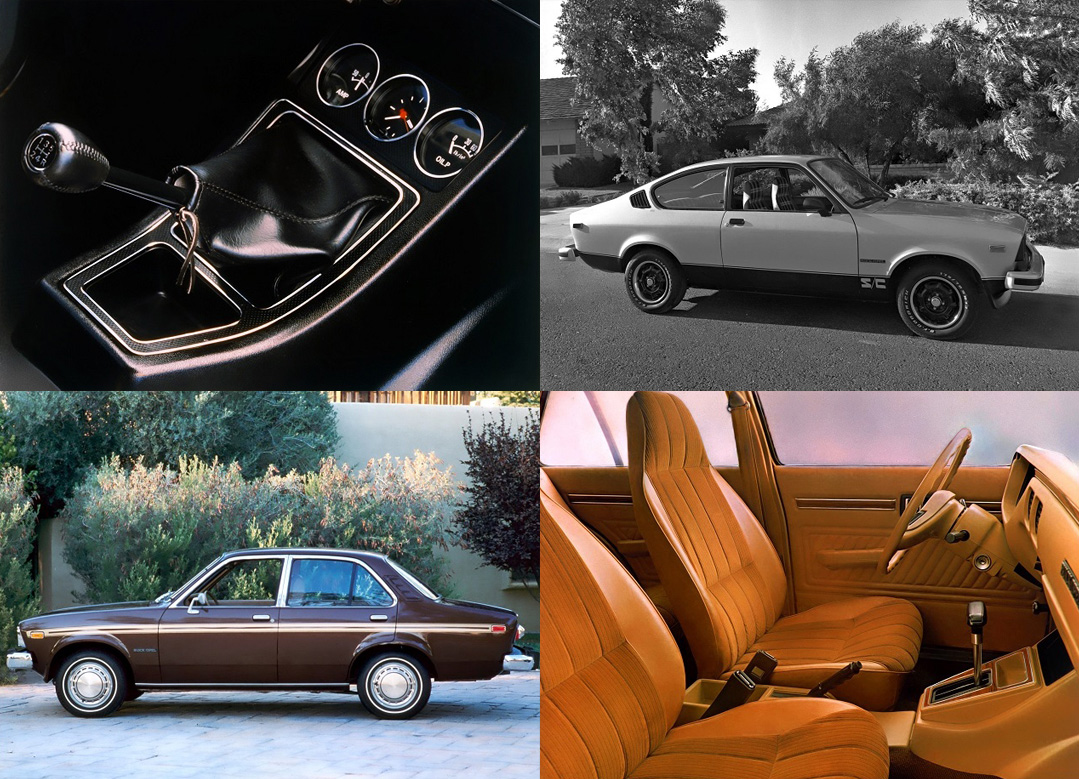
The four-door Gemini body and an optional 5-speeder were added late in the year as part of the 1977 model year changes – just over 10,000 had been sold by the time the ‘77s arrived in the late fall. 1976 was a short model year, but that was actually 33% fewer cars than the German-sourced ‘75s. Buick’s advertising explained that supplies were limited “because of the careful way the little rascals are put together.”
If there’s a point at which the ominous music starts in this story, it’s probably that ad. Marketing for the car was instantly schizophrenic – and it got much weirder with the big PR rollout for the expanded 1977 lineup.
Buick paid for a big blitz in newspapers and magazines extensively detailing the “Buick Opel 5-car showdown,” in which the little car was compared to the Subaru DL, Toyota Corolla, Datsun 210, and Volkswagen’s Rabbit.
Amazingly, the “Buick Opel,” now notably no longer the “Opel by Isuzu” finished second to the Rabbit. Second. In Buick’s own comparison test. No doubt anybody looking at this ad might have been tempted to, say, buy a VW Rabbit instead.
Nevertheless, Buick shifted almost 30,000 “Buick Opels” in 1977, a number which then trailed off to under 20,000 in 1978. The car just didn’t seem to resonate, and Buick’s weird ads probably turned off as many buyers as they attracted.
As a whole though, the car wasn’t awful – it just wasn’t an Manta. The comparison to Opels of old was not helped by the rollout of the Buick Opel SC. It got a slightly beefier suspension with stiffer springs and thicker front anti-roll bar, but mostly it was tape stripes and graphics suggesting performance.
If buyers had been able to compare it to the European Kadett GT/E and Rallye, they’d have been sorely disappointed. By this time, the German and British T-car lines included dedicated performance models. The SC only looked the part, which earned it direct scorn from most of the press.
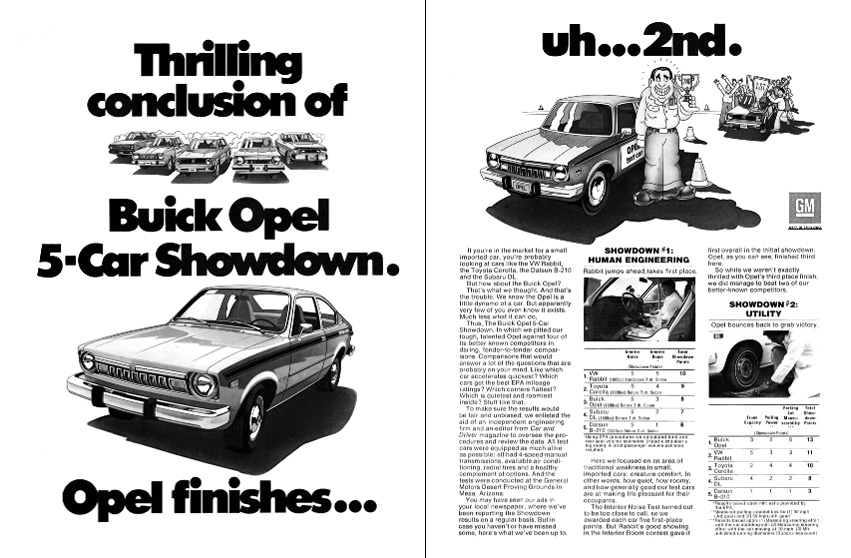
In 1978, Isuzu gave the car a facelift front and rear, and now the car had actual Buick and Opel and Isuzu badges on it. TV commercials identified it as “a quality Japanese car from Buick,” even though most people knew that Opels were German, further confusing its identity. Sales sank to only 13,000 cars in 1979, a year when it should have done well – it did get good gas mileage. There were loads of leftovers sitting around well into 1980.
Almost all of the other versions of the T-car were big hits, but Buick never seemed to correctly be able to pitch the car, and management seemed to lose interest fairly quickly. When it was cancelled, Buick’s Opel connection was severed entirely, and an Opel did not return to Buick showrooms until 2010, when the Insignia became the revived Buick Regal.
The Second Act
The car, however, did not fade away with the discontinuance of the Buick Opel Isuzu.
Isuzu had made an abortive stab at entering the U.S. market in the early 1960s, briefly selling diesel-powered Bellel sedans and wagons on the west coast through an importer in Burbank, California. It had wanted to re-enter the USA on its own in the late 1970s – which is why it was developing a federally-compliant Gemini in the first place. Its deal with Buick allowed the company to observe American-style dealer sales and service operations in action, which were quite different from how Japanese dealers worked.
Even if the Buick Opel Isuzu was a market dud, that was time well spent. In 1980, it began setting up its own dealer network and by early 1981 it had stores in 22 states and Washington D.C. The very first car it sold was the I-Mark, a federalized Gemini more or less identical to the Buick Opel Isuzu save for some light cosmetic updates and the addition of Isuzu’s rock-tough 4FB1 1.8 liter diesel engine.
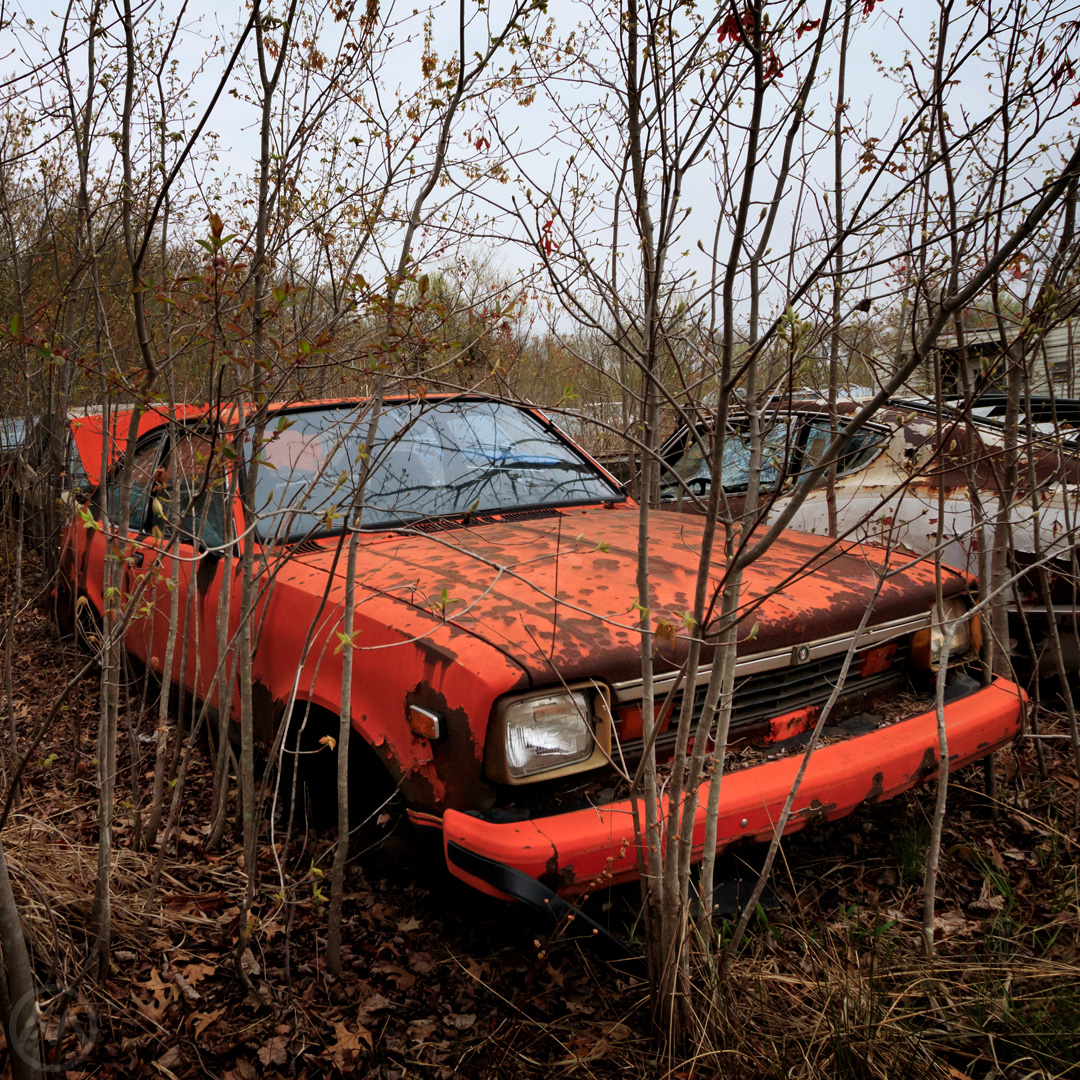
The Opel-badged Buicks may have sold on the name, but the I-Mark sold on solidity and economy and with those qualities nobody quibbled, though sales were not huge to begin with. Isuzu’s new organization was led by former Toyota man John E. Rielly, who hired Della Femini, Travisano, & Partners as their ad agency – complete with many former staffers from Doyle Dane Bernbach, who had created Volkswagen’s 1960s ads. I-Mark sales outpaced Buick Opel sales from the start, though they never did climb past 20,000 cars a year.
After they were new, the Buick Opel Isuzus pretty much faded away – they were rust prone like most Japanese cars of the era, and few people save economy cars.
Buick collectors were generally uninterested in such a small car, while Opel fans didn’t consider them “real” Opels. For Isuzu enthusiasts, a niche but passionate group, it had the wrong badge. Very few of the 72,000 or so survive today.
The I-Mark/Gemini was finally replaced with a modern front-drive Gemini in 1985, which was again sold by GM as a captive import – the Chevrolet Spectrum (replacing, eventually, the U.S. Chevette). There was also a Holden version, now built in Elizabeth, Australia. The Opel and Vauxhall/Bedford versions of the T-car were replaced by the front-drive Kadett D/Astra mk1 in 1979.
In South America, where the T had first appeared, production lasted much, much longer – into 1994 in Brazil and 1998 in Colombia.
The orange “Opel by Isuzu” and the red “Buick Opel Isuzu” sit just a few feet from each other at the fabulous Ritt-Jones Auto Parts. Special thanks to Kenny Jones for the photo op!

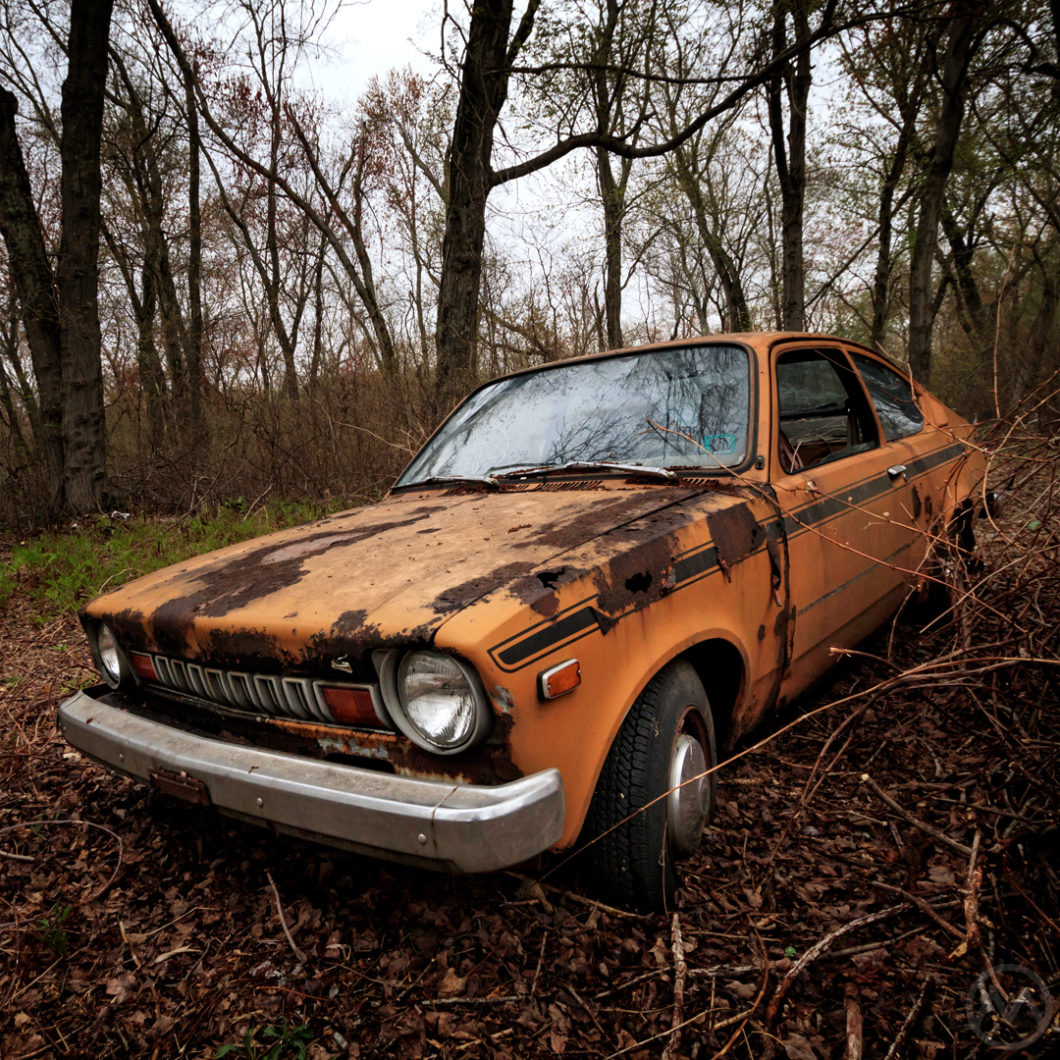
I own one of these, a 77 model, I know of both these cars as I have got parts off both of them, hope to get some more parts off Kenny soon.
I, too own one of these; an 80,000-mile unrestored survivor; a first-year 1976 Opel by Isuzu. As strange as that is to begin with, what’s even stranger is that I purchased the ex-Texas car from Michigan (where it had never seen the road) and had it sent back to my home in Australia.
Naturally, I had it registered as a Buick Opel by Isuzu, nomenclature that didn’t apply until the very mild 1977 update, but I wanted in on these awesome US-only car cruise nights and I felt that a Buick of ANY sort would get me in, plus I’m a lifelong Isuzu enthusiast with a 1978 Holden Gemini van, several Isuzu Belletts, a Wasp, a Florian and a Unicab.
So now I go to these cruise nights and everyone thinks I’m in a Holden Gemini coupe until they notice the fedrealised bumpers, OPEL stripe and LHD steering! THEN they get really confused. It’s the best!
I own one of these too; a 1976 Opel by Isuzu coupe, sold new in Texas. I exported it to Australia in 2020 so I could rock up to American car shows and cruise nights in a LHD Holden Gemini with huge bumpers (which is kinda what it is) and it hasn’t failed to draw a crowd and confuse people.
I owned a 1976 Opel. Looked exactly like this one. I was stolen from a military parking lot outside of Okc when I was in Okinawa in 1990 and was never recovered. I loved that car!